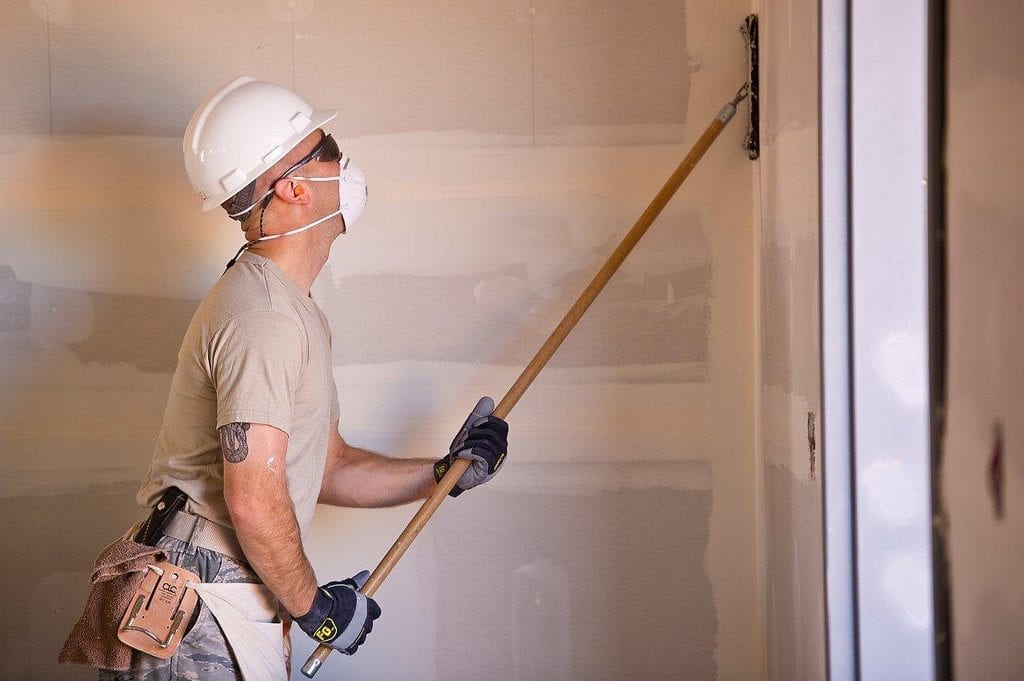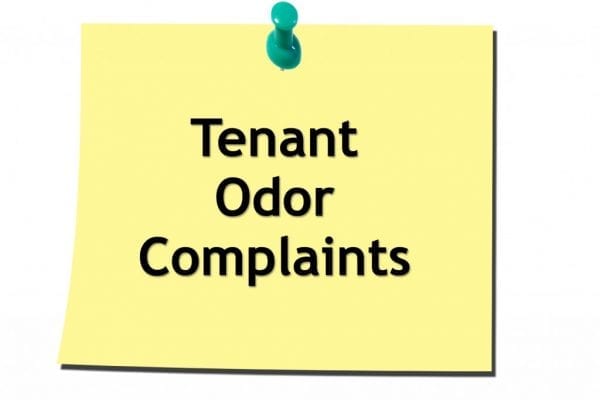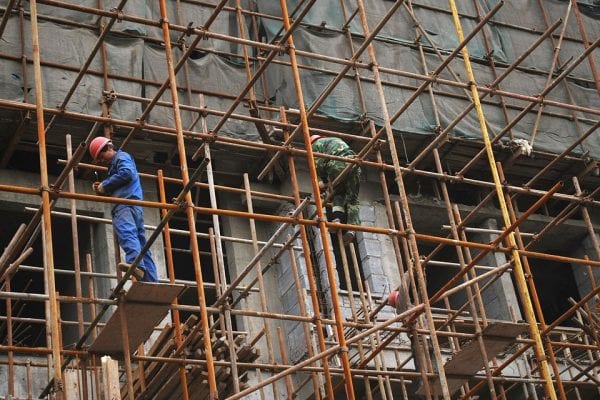It’s a nightmare no property owner wants to deal with. We had a call a few weeks ago from an owner whose construction project hit a major roadblock due to the discovery of mold growth. The construction company had failed to dry-in the project before hanging drywall, and the drywall had gotten wet. Where there’s organic matter, water, and heat, mold will grow. In this case, a lot of it.
The project will have to be delayed while the mold is abated, and it is likely to add hundreds of thousands, if not millions of dollars to the cost of the project. The contractor, meanwhile, has disappeared, so the cost will come out of the owner’s pocket.
Of course, careful vetting of the construction company goes a long way to preventing problems like this, but there’s also a lot you can do during inspections to make sure this doesn’t happen to you. Here’s what you need to know.
How Mold Grows
Mold spores are constantly present in the atmosphere, and all they need in order to bloom into a problem is food, water and heat. Unfortunately for you, “food” for mold is anything made out of organic matter, like drywall and ceiling tiles.
During early construction, the presence of organic material is limited, especially if floors are concrete and framing is metal. Even wood framing and subfloors can be difficult for mold to colonize in the short period during which they’re exposed, due to the hardness of the material. However, if left exposed for a longer period of time, even wood can have mold growth. In contrast, drywall and ceiling tiles are highly susceptible to mold because of the soft organic matter of which they’re composed. On these materials, mold growth can begin within 48-72 hours of first getting wet.
How to Prevent Mold Growth During Construction
Preventing mold growth during construction is simply a matter of keeping vulnerable materials dry. In practical terms, that means it’s critical that your construction company do three main things:
- “Dry in” the building before hanging drywall or installing ceilings. “Drying-in” refers to the process of sealing the building envelope, which prevents the penetration of water into the interior. This includes installing a water-tight roof, exterior siding, windows, and seals around windows and other openings.
- Dry out any materials that may have become wet prior to drying-in. Wood subfloors and framing can hold moisture after a rain event, and release it back into the indoor environment after drying-in, which can then be absorbed by drywall and foster mold growth. Giving these materials plenty of time and opportunity to dry out before drying-in will prevent this.
- Eliminate or remediate new sources of humidity during construction. Even with a properly dried-in building, it’s possible to have mold growth if unnecessary moisture is introduced into the building. This most often happens when a building is undergoing renovation that requires the removal of asbestos or drywall. These processes use water to control dust, and it may be necessary to install dehumidifiers during the construction process.
What to Look for, and When
To ensure your contractor is doing everything they can to prevent expensive mold problems, add moisture to your inspection checklist during walk-throughs. Specifically:
- Prior to drywall installation. You want to check that the building envelope is sealed tight–that means roof, exterior siding, and windows installed, and all gaps sealed–before this work begins. Also check that any wood and other materials that may have become wet are allowed to dry out first.
- During and after demolition. If your project is a renovation, check that proper dehumidification is exercised during the removal of asbestos and drywall, both processes that use a lot of water, and that any excess water is removed prior to new materials being installed. You will want to control the relative humidity below 60%.
- Before “mothballing.” When a project has to be shut down temporarily, whether due to changing conditions, a problem with the contractor, or the weather, make sure that someone dries and seals everything appropriately to prevent mold growth during the down time. In some cases, installation of dehumidification equipment may be necessary.
Not every property owner or contractor will run into mold problems during construction. Sometimes, you get lucky. But if you’re one of the unlucky ones, mold growth will cause you a host of problems:
- Slowed construction
- Delayed completion date
- Cost of replacing all the affected materials
- Cost of remediation
- Cost of an abatement contractor (which is sometimes legally required)
Preventing mold growth takes a little bit of care and investment up front, but it can prevent millions of dollars worth of damage in the long run.






